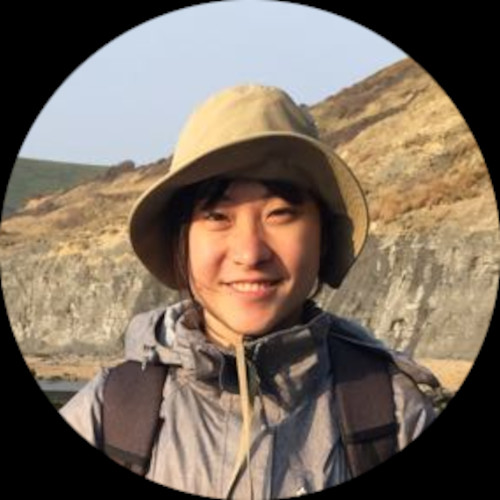Wei Ning “Winnie” Fang (方薇甯)
Foraminifera are single-celled, shell-building marine protist that have existed on Earth for hundreds of million years. Their calcite ‘tests’ (which you might have come across as ‘star-shaped sand’ on a tropical beach!) are an important archive in palaeoclimate research. This is because the calcification process records the environmental conditions in chemical signals recorded in the shell. This allows us to use these signals, such as ratios and stable isotopes of trace element in calcite, as climate ‘proxies’ making the fossil foraminifera preserved in marine sediments a great archive of the past climate conditions. However, powerful as these foraminiferal proxies are, our understanding of the underlying mechanisms that ‘record’ these archives is limited. We know, for example, that the biological processes controlling shell formation can have a major influence on the final signals that are recorded in the foraminiferal shells, but how do these influences alter our interpretation of palaeoclimate archives? How confident can we be in our proxies?
To investigate this question, I am growing modern foraminifera in carefully controlled laboratory conditions to decipher the underlying mechanisms that influence our proxy archives. I collect foraminifera in the wild then take them back to the lab to grow under controlled conditions. This allows me to vary one environmental factor at a time, even to decouple those which would normally covary in natural ocean settings. This way, I can identify the important controls on each proxy system, and hopefully improve reconstructions of past climate. The proxies I am working on include N, Li and B in planktic foraminifera shells.
